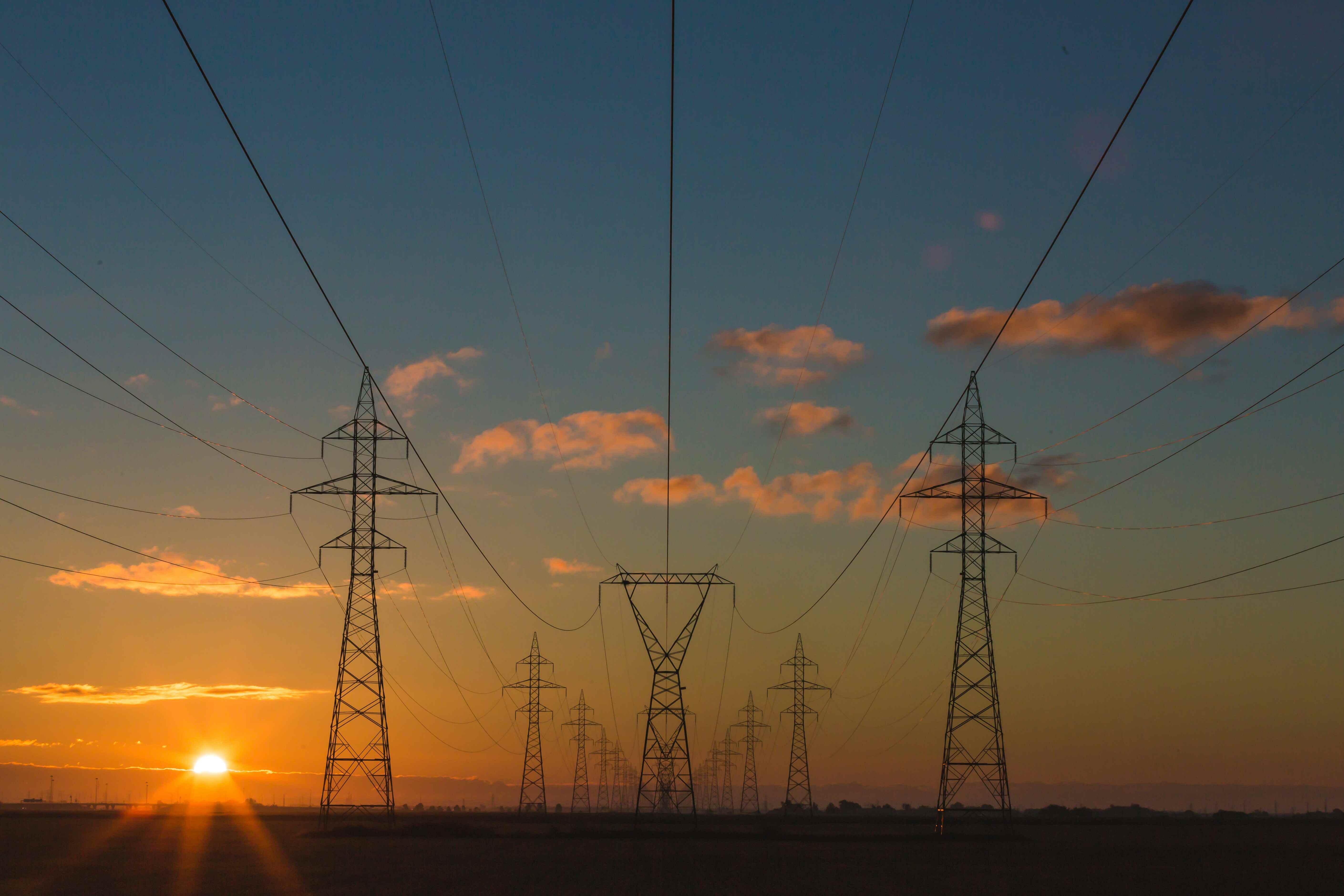
Businesses face large energy price spikes heading into the 2022–23 winter season.
TL;DR
-
Wholesale electricity prices in the U.S. are forecast to be 20–60 percent higher this winter.
-
Natural gas and coal supply both face logistics and demand challenges.
-
New York, Ohio, and Texas are all at risk from price spikes due to winter reliance on fossil fuel generation.
“Cold Weather Blues”—that’s a tune many businesses will be singing this winter amid surging energy prices.
As it stands, a perfect (winter) storm is on the horizon for your energy bills, with fresh spates of global instability, supply shortages, and inflation in the forecast.
Businesses are turning to energy-efficiency upgrades to cut costs and avoid downtime, but these projects too often don’t become a reality, causing companies to miss out on lost savings—savings that are especially important in a recession.
The war in Ukraine has upended energy markets. Despite natural gas stockpiling, supplies are still lower than usual for many regions in the U.S. The threat of fuel shortages and outages is a real one.
“It’s a sobering assessment…a large portion of North America is at risk of insufficient supplies during the extreme winter scenarios,” explains Fritz Hirst, North American Electric Reliability Corporation (NERC) director of legislative and regulatory affairs.
Even where supply is maintained, prices will still rise. Increased exports to Europe and reduced global supply explain why natural gas prices remain twice as high as they were before the COVID-19 pandemic.
Overall, natural gas prices are forecast to average $6 per metric million British thermal units (MMBTU) from the end of 2022 until March 2023. Additionally, coal prices are still 360 percent higher than they were at the end of 2019.
High inflation also continues to push energy prices upwards, with an average rate of 6–7 percent forecast for the 2022–23 winter period.
Higher costs prices putting pressure on energy prices
The lingering effects of the COVID-19 pandemic, together with the war in Ukraine, have caused high natural gas prices—a critical factor spurring U.S. electricity prices.
Natural gas generation has replaced a large share of retired coal-fired generation, as the former can be quickly dispatched and is not intermittent (unlike many renewables). This has led many grids to become more exposed to gas price instability.
Major U.S. hubs are forecasting natural gas prices to be 20-60 percent higher on average than last winter due to tight global supply.
Another issue for coal generation is the looming national rail strike expected to commence in December. A strike would significantly disrupt coal supplies and put further pressure on electricity prices.
Similarly, natural gas futures for the 2022–23 winter are 30 percent higher than last winter. At the same time, fossil fuel generation in the U.S. is actually projected to decline in 2023.
Coal is expected to decrease from 20 to 19 percent of total generation, while natural gas is to fall from 38 to 36 percent, as renewables increase their share. Unfortunately, high prices have eroded any savings benefits from lower fossil fuel use this winter.
For companies looking to save this winter, reducing their electricity use is their best bet to avoid rising prices.
New York, Ohio, and Texas are all at risk from electricity price spikes
Overall, 43 gigawatts (GW) of net winter capacity (mainly solar and wind) will be added in the U.S. between March 2022 and February 2023. At the same time, 14 GW of net winter capacity will be retired, primarily coal-fired generation.
Net winter capacity refers to the maximum output available during peak winter (December 1 to February 28) demand.
Winter generation profiles differ from summer profiles, due to changes in energy use, and lower availability from certain sources (e.g. reduced solar generation due to less daylight). Dispatchable sources like natural gas and coal therefore play a bigger role in winter.
However most new generation coming online in the U.S. this year won’t be from fossil fuels. New capacity is dominated by renewables and battery storage (64 percent and 14 percent, respectively). While most new capacity is non-emitting, regional winter capacity profiles (such as New York, Ohio, and Texas) still rely heavily on fossil fuels.
By February 2023, natural gas will account for 47 percent of the New York Independent System Operator’s (NYISO) total capacity on paper. However, due to seasonal generator availability, natural gas actually constitutes 60.5 percent of available winter generation, making NYISO heavily exposed to any volatility in natural gas prices.
21 percent of the Pennsylvania-New Jersey-Maryland (PJM) region’s capacity is coal-fired, making it vulnerable to coal supply disruptions this winter. PJM will see natural gas generation constitute 40 percent of total nameplate capacity by February. However, this actually equates to 46.6 percent of net winter generation.
The Electric Reliability Council of Texas (ERCOT) generates 10.4 percent of its electricity from coal and may be impacted by supply shortages. Interestingly, ERCOT’s natural gas generation will decrease from 38 to 33 percent of total capacity through February.
This decline is due to strong renewables growth and the retirement of 500 megawatts (MW) of natural gas capacity. However, natural gas still accounts for 47.5 percent of ERCOT’s net winter capacity.
In short, NYISO, PJM, and ERCOT are all exposed to the risk of higher energy prices due to the large share of natural gas and coal in their winter generation mixes.
That said, some bright spots do exist, including a milder winter forecast for many parts of the U.S. which should reduce heating usage. Declining air conditioning use as the weather cools and overall lower energy demand from a slowing economy could also put a (small) dent in energy prices.
How energy-efficiency solutions fight winter energy woes
Businesses looking to make a bigger dent in their electricity bills can cover their bases with a wide range of energy efficiency solutions.
Fighting rising energy prices involves a range of solutions and changes to energy use patterns. For instance, investing in smart HVAC upgrades and building automation systems helps businesses fine-tune their energy use in real-time. Even minor changes in indoor temperatures (having the heating turn on at 18 degrees Celsius instead of 19 degrees) can make a big difference.
Smart building systems learn energy routines and can be used to reduce energy waste. One way is to monitor occupancy rates. This prevents the overheating of vacant areas, or pre-heating for too long before the building opens each day.
Similarly, installing LED systems reduces energy costs from lighting. This is particularly useful in the winter due to shorter daylight hours and the need for more illumination.
Keeping an eye on blustery winter weather can help you avoid instances of high demand, and even outages. If bad weather is expected, scheduling maintenance or offline employee training during that time can mitigate the impact of price spikes and prevent costly production disruption from sudden outages.
How EnPowered helps companies lower their winter energy bills
Companies want to avoid energy bill shocks this winter. Muddy Waters sang the cold winter blues, and complicated financing certainly muddies the waters for businesses trying to secure the funding they need for their energy-efficiency projects.
EnPowered Payments helps companies make their energy-efficiency goals a reality thanks to flexible, minimal-risk funding, with no upfront costs. With Payments, you can use a portion of your energy savings to fund energy-efficiency solutions through your electricity bill.
And with EnPowered Programs, businesses get the most from their solutions. Buying and optimizing the use of energy assets in the winter will ensure you’re ready to use our API-enabled notifications and price signals in time to curtail during the summer peak season.
Many companies save enough money in one peak season to repay a range of clean energy projects.
Ready to learn more? Reach out today to discover how EnPowered can help you fight rising energy costs this winter.








